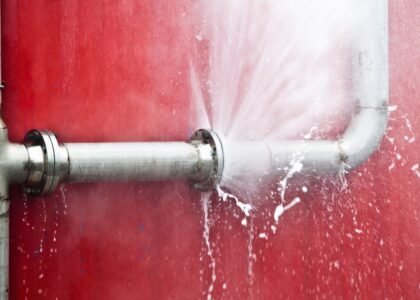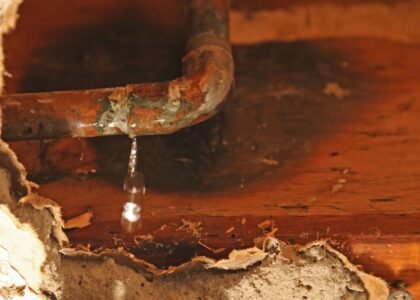Introduction
In the last blog, we covered how to spot hidden leaks. But how do professionals locate leaks without tearing up walls or floors? This post explains the tools, techniques, and technology that make modern leak detection precise, less invasive, and efficient.
Why Technology Matters in Leak Detection
- Minimizes damage to walls, flooring, landscaping
- Accelerates diagnosis and repair
- Improves accuracy — avoids “search and guess”
- Helps with trustworthy reporting and documentation
We use these methods in our Expert Leak Detection Services in Chino, CA offering. See more here: Expert Leak Detection Services in Chino, CA
Core Leak Detection Methods & Tools
Here are the most common detection technologies:
1. Acoustic / Listening Devices
- Sensitive microphones capture the sound of escaping water
- Help narrow down zone or wall area
- Good for both interior walls and underground lines
2. Thermal / Infrared Imaging
- Detects temperature differences caused by water
- Useful for leaks behind walls, ceilings, slabs
- Works best where surfaces are accessible
3. Video/Camera Pipe Inspection
- Small, flexible cameras navigate inside pipes
- Allows visual confirmation of leaks, cracks, joint failures
- Often combined with trenchless methods
4. Pressure Testing
- Isolates sections and monitors pressure decay
- Helps confirm that a suspect pipe section holds water
5. Tracer Gas, Dye, or Chemical Markers
- Introduced into pipe, then traced at surface or vent
- Good for plumbing or sanitary line leaks
Examples of Technology in Action
| Situation | Best Method | Why |
|---|---|---|
| Leak behind drywall but plumbing inside wall | Acoustic + infrared | Locate exactly where to open wall |
| Underground pipe leak beneath landscaping | Acoustic + pressure testing | Precise depth locating |
| Slab leak under concrete floor | Thermal + acoustic | Avoid demolition if possible |
| Sewer line leak | Video inspection | Direct visual evidence of damage |
Many companies serving Chino, Chino Hills, and surrounding areas rely on similar methods. drainsewerplumbing.com+2JIG Plumbing+2
How Professionals Plan a Leak Detection Job
- Initial assessment & history review
Ask about water bills, prior repairs, visible symptoms. - Pre-scanning or non-invasive survey
Use tools like acoustic sensors or infrared to map likely areas. - Isolation & pressure checks
Divide the system into zones and test each one. - Targeted camera or tracer tests
Employ video inspection or tracer gas where needed. - Final pinpoint & marking
Once the leak is located, mark it precisely for repair crews. - Report & next-step plan
Provide photos, coordinates, recommendations.
If you need help from experts, don’t hesitate to reach out → Contact Us
Benefits of Advanced Detection Methods
- Reduced property damage (less cutting, digging)
- Faster diagnosis, lower disruption
- Better repair planning (you know exactly where to work)
- More confidence in repairs — you’re targeting the real problem



